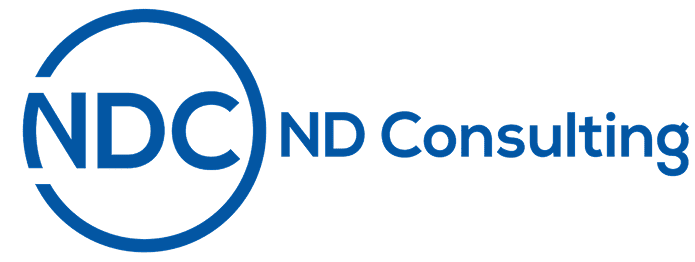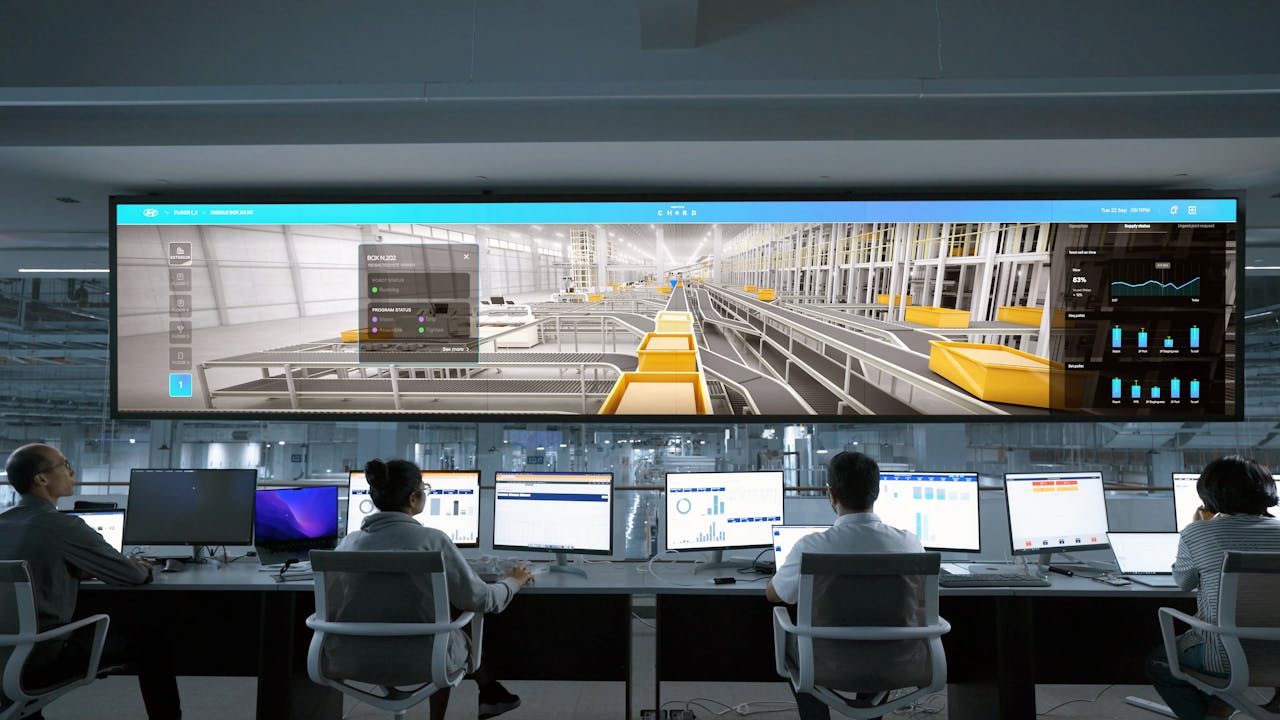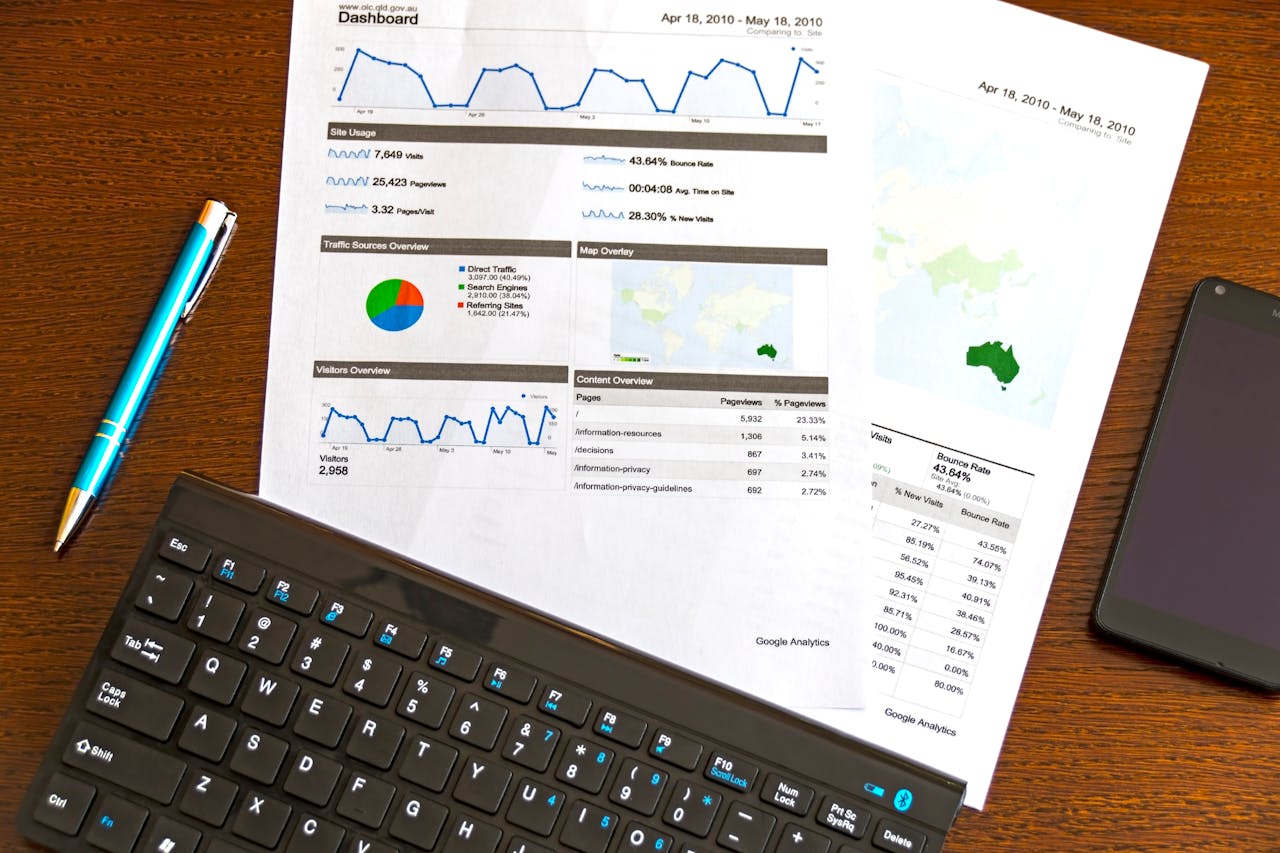The commercial real estate (CRE) world has grown more complex, and so have the tools used to manage, model, and analyze properties and portfolios. Argus and Yardi are the two software/platforms that have been dominating the CRE market. Leading to many Argus vs Yardi comparisons and debates.
While both platforms serve different functions across the CRE ecosystem, there’s often confusion about which solution fits best for a given business need. That’s what you’ll find out after reading this detailed commercial real estate software comparison.
Property Management vs Asset Management Tools
Let’s start by clearing up a common misconception. Yardi and Argus are not interchangeable. They serve different ends of the commercial real estate market.
- Yardi is primarily designed for property management. It helps with lease administration, maintenance tracking, rent collection, and tenant communication. Making it a daily operations powerhouse.
- Argus, particularly Argus Enterprise, leans into asset management and financial modeling. It’s often used for CRE underwriting, scenario planning, and real estate investment analysis.
So, before going with one or the other, it’s important to ask: Are you focused on managing buildings, tenants, and leases, or are you building out cash flow models and forecasting asset performance?
Now let’s look at what these platforms offer and who they are best suited for.
Yardi
Yardi has built a strong reputation by offering a full suite of real estate management tools for professionals who manage day-to-day property operations.
Yardi Features and Benefits
- Property Management: From rent roll management to work orders and utility billing, Yardi covers the full range of operational needs.
- Tenant Experience: Tenants can pay rent, submit service requests, and communicate with management directly through portals and mobile apps.
- Accounting & Reporting: Strong financial capabilities, including automated common area maintenance (CAM) reconciliations, customizable reports, and owner-level statements.
- Compliance and Risk Tracking: Manage fair housing laws, insurance documents, and vendor requirements within the system.
- Marketing and Leasing Tools: Group listings, manage leads, automate lease renewals, and integrate with digital marketing platforms.
- Yardi Integration Capabilities: The ecosystem connects seamlessly with add-ons like RENTCafé, CRM, utility billing, and smart home tech.
Yardi Pros and Cons
Pros:
- All-in-one platform for property operations.
- Strong accounting and compliance tools.
- Customizable reporting and dashboards.
- Rich ecosystem of integrations and optional modules.
- Scales across multifamily, commercial, and mixed-use portfolios.
Cons:
- Implementation and training require time and planning.
- Some features are only available through paid add-ons.
- It can be overwhelming for small teams or single-property owners.
Who Should Use Yardi?
Yardi is best suited for property management teams, leasing professionals, and operational leads who are focused on tenant retention, expense control, and maximizing their net operating income (NOI).
It’s an ideal platform for real estate investment trusts, large property management firms, and even midsize operators who need a reliable system for multi-property management.
Argus Enterprise Pros and Cons
Pros:
- Best-in-class for real estate investment analysis software.
- Industry standard for institutional modeling.
- Suitable for complex lease structures and mixed-use assets.
- Helps support data-driven acquisition, disposition, and capital planning strategies.
Cons:
- Steep learning curve for new users
- Doesn’t support operational tasks like rent collection or maintenance
- High licensing costs, especially for small firms
- Integration with other platforms often requires manual effort or third-party tools
Who Should Use Argus?
Argus is best suited for analysts, asset managers, appraisers, and investment professionals. It truly shines as real estate investment analysis software and is often required in institutional CRE environments.
Yardi vs Argus Comparison Table
|
Feature |
Yardi |
Argus |
| Primary Use | Property management | Asset management & modeling |
| Strengths | Operational tools, leasing, accounting | Financial modeling, underwriting |
| Suitable For | Property managers, landlords | Analysts, investors, asset managers |
| Learning Curve | Moderate | Steep |
| Integration Capabilities | Extensive ecosystem | Limited |
| Best For | Managing day-to-day operations | Modeling and valuation |
| Reporting | Operational & financial | Strategic & forecasting |
| Scalability | High | High, but mostly for portfolios |
| Market Standard? | Widely used in operations | Industry standard for modeling |
Understanding Their Roles
While Yardi and Argus are often compared, they aren’t direct competitors. In fact, they’re often used in parallel by different teams within the same organization because they solve different problems.
Think of it like this:
- Yardi runs your buildings.
- Argus models your buildings’ financial future.
In simple words, Yardi manages what’s happening in real time, such as leases, payments, and vendors, while Argus supports projections that guide decisions like acquisitions, sales, and capital planning.
Data can move between the two (via exports or APIs), but these platforms weren’t built to sync out of the box. So, if you’re planning to use both, you’ll need a data strategy, whether it’s in the form of internal tools, third-party connectors, or manual workflows.
If your role involves deep analysis, Argus is the best software for real estate modeling and forecasting. It’s unmatched for creating complex cash flow models and presenting data in the format most institutional investors expect.
If you need to run properties efficiently and keep tenants happy, Yardi is the more practical and robust solution. It empowers teams with visibility across day-to-day operations and integrates with broader business systems.
Where Yardi Takes The Edge
Yardi has put real effort into building an interconnected ecosystem. Its integration capabilities allow property managers to plug into marketing channels, financial platforms, procurement systems, and more.
- Yardi Voyager, the core platform, supports open architecture and APIs.
- Add-on modules like Yardi CRM, Yardi RENTCafé, and Yardi Breeze offer layered functionality for specialized needs.
- Integration with business intelligence tools improves reporting and visualization.
This flexibility makes Yardi a solid choice for firms that want to keep everything from leasing to financials to maintenance under one roof.
Final Thoughts
Like any other software or tools, when choosing between Argus vs Yardi, it’s all about which fits your workflow, team structure, and long-term goals.
Think of it this way:
- Argus helps you model the financial future of your business.
- Yardi helps you effectively manage your portfolio in the present.
If you’re making a decision for your company, it’s always better to talk with the experts and involve both operational and analytical teams in the evaluation process. Always remember that the right commercial real estate software should support, not complicate, your strategy.
Need help integrating Yardi into your current workflow? ND Consulting can help. Get in touch with us today!





